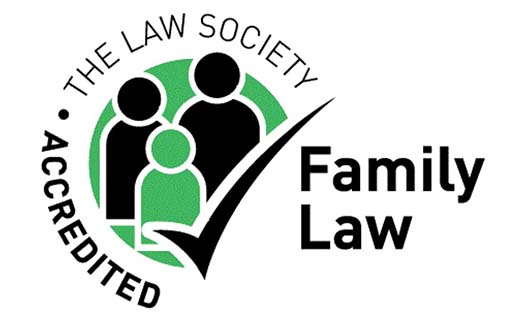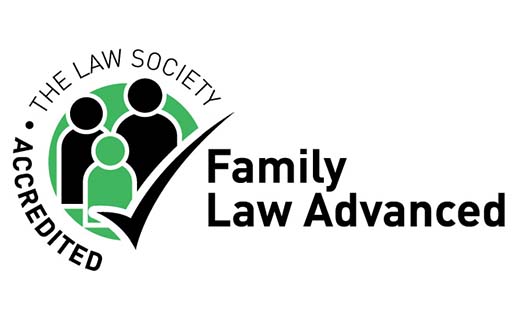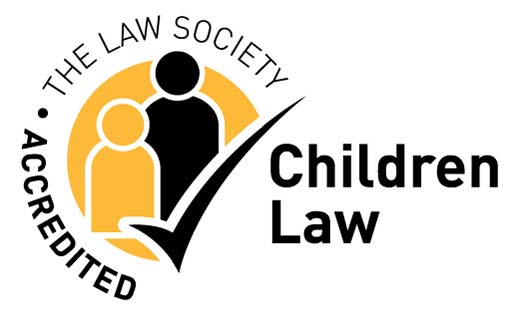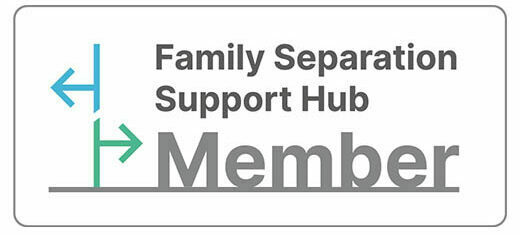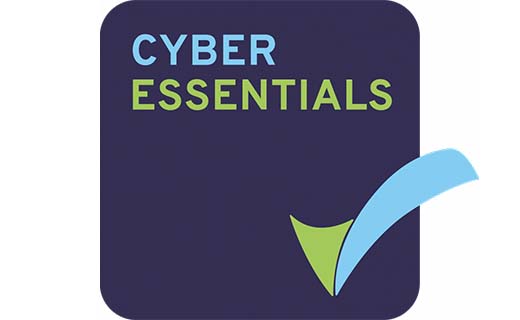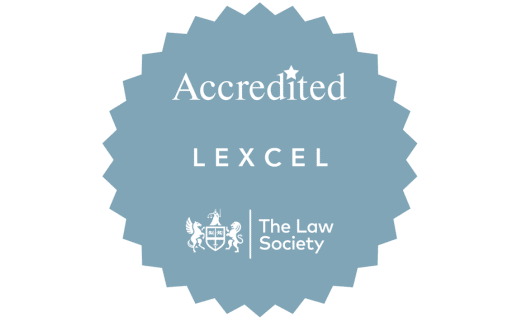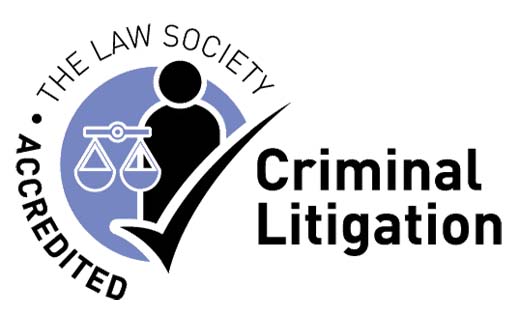According to the latest data from the Office for National Statistics (ONS), around 1.1 million adults were victims of sexual assault or attempted sexual assault between March 2021 and March 2022. Overall, 7.9 million people – or 16.6% of the population – have experienced sexual assault at some point during adulthood.
The number of sexual assaults being reported is also growing, with a 31% increase in the number of reports recorded by the police between March 2021 and 2022.
The Crime Survey for England and Wales (CSEW) reports that the most common type of sexual assault to take place in the UK is unwanted sexual touching. This is followed by rape or assault by penetration.
What is the definition of sexual violence?
Sexual violence is the term used to describe any form of nonconsensual sexual activity. Consent means a willingness to participate in the activity – and that the person consenting is of an age and capability where they can freely and willingly make the decision to participate.
According to Rape Crisis England and Wales, “Sexual violence is any kind of sexual activity or act (including online) that was unwanted or involved one or more of the following:
- Pressure
- Manipulation
- Bullying
- Intimidation
- Threats
- Deception
- Force
“In other words, any kind of sexual activity or act that took place without consent.”
While the use of the word violence implies that physical harm should be visible on the victim, that isn’t always the case. It’s important to recognise that it is possible for someone to be a victim of sexual violence or assault even if no physical imprint of the experience, such as bruising, is visible on their body.
A person under the age of 16 isn’t legally able to consent to sexual activity. Someone who is asleep, under the influence of drink or drugs, is being coerced, pressured, or blackmailed or who is suffering from a mental health issue that impairs their decision making ability shouldn’t be considered to have given consent.
What is an example of sexual violence?
Sexual violence or assault can take many forms. It can happen to any person, of any age, gender, or sexual orientation. ONS figures reveal that from March 2021 to March 2022 798,000 women and 275,000 men were victims of sexual violence.
This type of abuse can take many forms because it encompasses any type of sexual activity that was non-consensual. The severity of the violence can vary enormously and as we noted earlier, while a sexual assault may not always involve a violent physical act such as kicking, punching, or stabbing, some sexual violence does involve physical abuse too.
Examples of sexual violence include:
- Flashing
- Unwanted sexual touching
- Sexual harassment
- Unwanted sexual comments
- Rape
- Sharing of sexual images or videos via social media or other digital platforms without someone’s consent
It’s also important to be clear that someone consenting to one form of sexual activity isn’t consenting to all forms of sexual activity and can still be a victim of sexual violence. If someone consents to kissing for example, it shouldn’t be presumed that they also consent to having sex.
Likewise, if someone consents to having their image taken in a private setting, there shouldn’t be an assumption that the image can then be shared with others via app, social media, or messenger.
What are crimes of sexual violence?
A wide range of crimes involving sexual violence are recognised by the legal system. Examples given by the Crown Prosecution Service include non-consensual crimes such as rape or sexual assault along with child sexual abuse, grooming of minors, and crimes that exploit others for a sexual purpose both in person and online.
The CPS also lists other less obvious examples, such as stalking and “honour-based” crimes including female genital mutilation, forced marriage and human trafficking that focuses on sexual exploitation such as prostitution or pornography.
As with any kind of crime, sexual violence can be perpetrated by someone known or unknown to the victim.
There are a number of organisations in the UK dedicated to helping victims of sexual violence. These include Rape Crisis England and Wales, Brook Advisory Centre, The National Association for People Abused in Childhood and Safeline, which is a dedicated service for men and boys impacted by sexual abuse in England and Wales.
The CPS has a team of specially trained prosecutors who deal with cases relating to sexual violence, and special measures can be put in place during court proceedings to support victims through the process. These measures include giving evidence via video link from a separate location or via a pre-recorded video.




